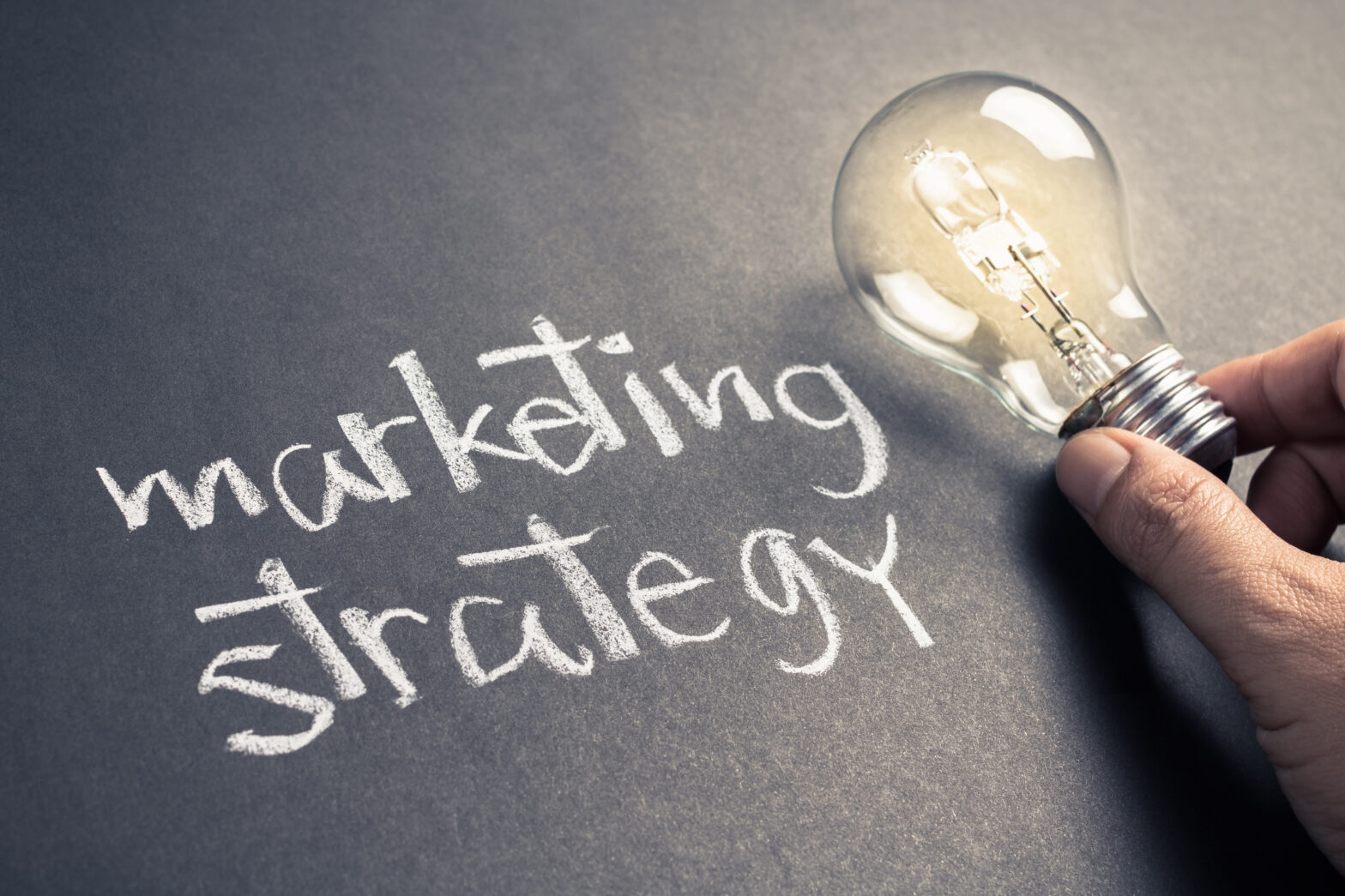One of the biggest challenges faced by small business owners is the creation and implementation of their marketing strategies.
They know they need a marketing plan, but where will they find the resources to create that plan? There are marketing methods available to you that will cost you little or no capital and will net some pretty impressive results in less time than you might think.
Being visible online
Sammy Blindell, founder of branding consultancy How to Build a Brand, started her own marketing tactics in 2013 by optimising her website for search. ‘This included keywords that had been inventively and exhaustively researched and a blog that we enhanced regularly.
‘We watched our website move from number 473,000,000 to number three on Google, thanks to this visibility strategy.’
Blindell realised that Google loves fresh material, so she increased new blog posts to three per week. ‘We promoted blog posts and web pages on our social media pages and through email campaigns. The increased traffic to our website continues to support our search rankings.’

This meant the business went from turning over £0 to £18,000 per month in just 12 weeks, and How to Build a Brand now reaches over 35,000 business owners per week.
What lessons can businesses learn about good marketing? Blindell says, ‘Even though our strategies are digital, we’ve discovered that we still have to get in there, on a personal level, to find out what people are searching for, what they want to learn, what problems they want to solve and what kind of relationship they want with a provider.
‘Markets are crowded. The businesses that win will be the ones that rise above the fray with the right message, in the right place, at the right time and to the right people.’
The value of expos
Keira O’Mara started Mama Designs in 2008 while on maternity leave and following redundancy. ‘I tried to find a discreet breastfeeding cover to buy, and when I couldn’t I decided to launch one. Eight years on and I have a range of design-led practical products for mums and babies.’
A background in FMCG customer marketing tactics gave her the knowledge of how to get the message out. ‘My marketing plans have always included baby expos where we get to meet parents face to face at an early stage (ie pregnancy). We can then stay in contact by adding these parents to our list,’ she says.
As time has passed, O’Mara has watched where her customers gather and focussed her efforts there. Instagram, other brands and bloggers, and more recently recruiting brand reps were integral as well as focussing on PR and other social media too. ‘We have found that roughly 75 per cent of our direct sales come from Instagram, so it is definitely worth the effort.’
O’Mara stresses that collaborations with like-minded, non-competing brands are a great way to grow your reach on Instagram. ‘If another brand posts a nursery picture that contains one of my products and tags me, they are in effect advertising me to their audience.
‘I now take photographs with different products in like this, as well as sending products to influential Instagrammers who have beautiful nurseries, homes and babies so that they can do similar.’
A PR strategy
PR was a key strategy for Suzanne Noble, founder of the lifestyle app Frugl, who decided that she would become the face of the brand: ’It’s far easier to sell stories to the media about people rather than products.’

Upon receiving a small amount of investment, the company also hired a social media manager and ran some Facebook ads too.
Her efforts were rewarded with a large feature in the Metro newspaper two weeks after the company launched. ‘That generated about 1,500 downloads and was a great start for us,’ Noble remembers.
‘Many companies take on a PR agency without really understanding much about PR. As I’ve proved, with a bit of effort it’s not impossible to do yourself or through working with a freelance publicist.
‘Using Journolink and watching out for the hashtag #journorequest is a great way to get a feel for the media and the type of stories they cover.’
Related: Five reasons social media is crucial for your PR strategy
The marketing planning of Dobell Menswear originally was simply to advertise the product on Google – but when the company launched in 2003, times were rather different. ‘Marketing was kept simple, and focused, at a time when social media didn’t exist in the way we know it today, and ranking on Google was a fairly black hat operation,’ says Keith White, of the company.
The marketing has become far more multi-channel in its approach, although PPC plays a huge part in the revenue generated. ‘Email and customer loyalty are proving steady streams of business, allowing us to cross-sell and upsell accessories, men’s suits overcoats and shoes to original tuxedo customers,’ White says.
The importance of looking good
Improving the aesthetics surrounding the brand became important when it came to marketing tactics. ‘Better use of imagery, higher-res images, and new styles of shot, such as flatlay, were useful for social channels like Instagram, but also increased web conversion rates from 2 per cent up to over 6 per cent,’ White says. ‘This was also boosted by customer reviews on recognised sites such as TrustPilot, with 17,000 reviews and 95 per cent satisfaction levels.
As a small business, having the capacity, staff and time to achieve via every marketing channel is a tough ask, so find a few that provide good ROI and also think about future-proofing your marketing output, White suggests.
‘Integrate social as early in the process as you can, as this will likely become the main way a business, its brand and its website will be judged by customers and Google robots in the next few years.
“Having the capacity, staff and time to achieve results via every marketing channel is a tough ask”
‘And don’t try and emulate what your competitors are doing, try and find a new way of marketing to customers; stand out, not alongside.’

Social media and influencer marketing
Nowadays, social media marketing is crucial for small businesses to increase visibility and engage with their audience. Platforms like Facebook, Instagram, Twitter and LinkedIn allow businesses to promote their products, interact with customers, and build brand loyalty with minimal costs.
The key strategies for this include identifying the target audience, creating engaging content, maintaining consistent posting, interacting with followers, and analysing performance metrics.
Influencer marketing, which involves partnering with individuals who have significant social media followings, is another effective approach. Via this method of marketing, Small businesses can identify relevant influencers, build relationships, offer value through free products or monetary compensation and create authentic campaigns. And, tracking the performance of these campaigns ensures their effectiveness.
Mama Designs, for example, significantly boosted sales by collaborating with Instagram influencers, who posted pictures featuring their products, thus reaching a larger audience and increasing direct sales. Collaborations with non-competing brands further expanded their reach.
Duffy Boxing, an elite boxing training centre run by former professional boxing champion Ciaran Duffy, also utilises social media marketing by posting training videos, client success stories, and promotional content on platforms like Instagram and Facebook. This strategy has helped them not only engage with their audience, showcase their expertise, and attract new clients, but also launch their brand successfully.
Both social media and influencer marketing provide small businesses with powerful, cost-effective tools to enhance their online presence and drive sales.
Read more
AI marketing tools for your business: Here, we explain what to look for in AI marketing tools and take a peek at what’s on the market right now.
How to write a marketing plan: This guide offers practical advice on developing and writing a marketing plan using simple English rather than marketing jargon and buzzwords.
When is the best time to run an affiliate marketing campaign?: Affiliate marketing involves promoting your brand via influential websites and is something big brands have been doing for years, but now this type of marketing is within reach of small businesses.





